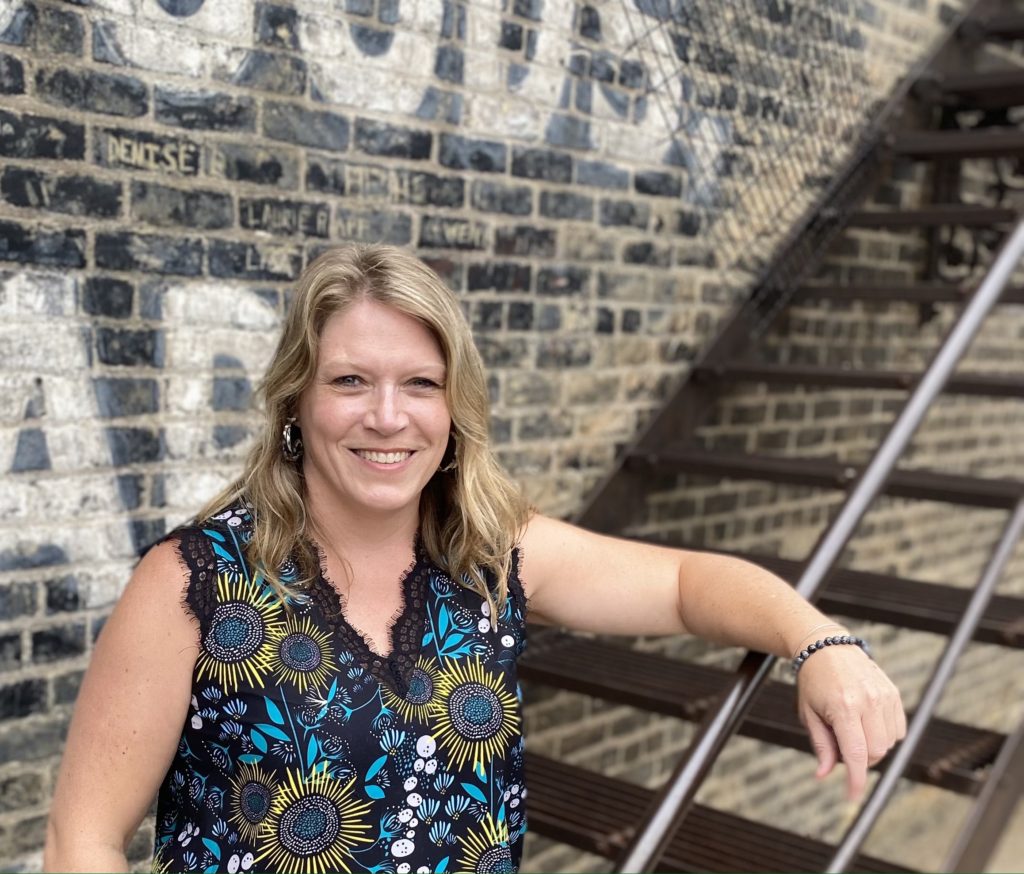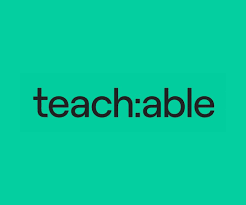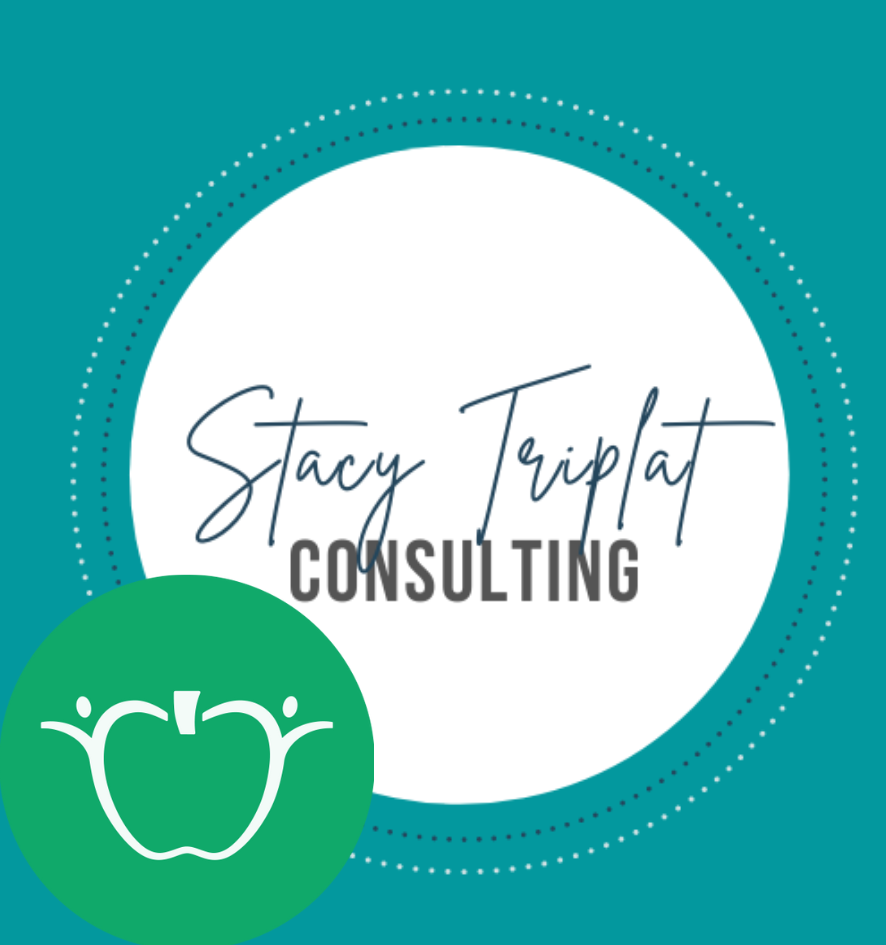FAQ
According to Cleveland Clinic , “the term “neurodivergent” describes people whose brain differences affect how their brain works. That means they have different strengths and challenges from people whose brains don’t have those differences. The possible differences include medical disorders, learning disabilities and other conditions. The possible strengths include better memory, being able to mentally picture three-dimensional (3D) objects easily, the ability to solve complex mathematical calculations in their head, and many more.
NEURODIVERGENT ISN’T A MEDICAL TERM, CONDITION, or DIAGNOSIS. Instead, it’s a way to describe people using words other than “normal” and “abnormal.”
The term “neurodivergent” came from the related term “neurodiversity.” Judy Singer, an Australian sociologist, coined the word “neurodiversity” in 1998 to recognize that everyone’s brain develops in a unique way.
The term “twice exceptional” or “2e” refers to intellectually gifted children who have one or more learning disabilities such as dyslexia, ADHD, or autism spectrum disorder. They process information differently, and are commonly more emotionally and/or intellectually sensitive as compared to same aged peers of average intelligence. Children that are 2e may have some of these characteristics:
- Behavioral challenges (due to boredom, misunderstanding, stress, or lack of motivation)
- Delayed social skills
- Deep interest and concentration with preferred topics or tasks
- Perfectionism
- Heightened sensitivity, causing more intense reactions to sounds, tastes, smells, and visual stimulation
- Curiosity
- Strong critical thinking and problem solving skills
Welcome! You’re in the right place (and not alone).
- Follow the blog for great tips and free PDFs.
- Join the newsletter for practical resources and support.
- Think about your child’s struggles.
- Are you wanting to learn more about his/her/their behaviors? There are handouts (Behavior Tracking, Strategy Ideas, an ebook for creating calm sensory spaces , and a course to guide you through how environments impact behavior and simple ways you can help.
- Do you want to build emotional awareness and self regulation? Check out the Our Many Emotions PDF , Guide to Teaching Emotions and the What To Say Card Deck and Guidebook for practical resources on how to teach these skills.
- Do you want to build social skills? Check out the What To Say Card Deck and Guidebook.
- Want an expert’s observation and consult of what’s going on with recommendations for practical next steps? Schedule a free connection call!

Is Your Child:
- fixated and rigid about how things are done?
- experiencing big reactions?
- needing multiple reminders for routines?
- confused by social interactions?


